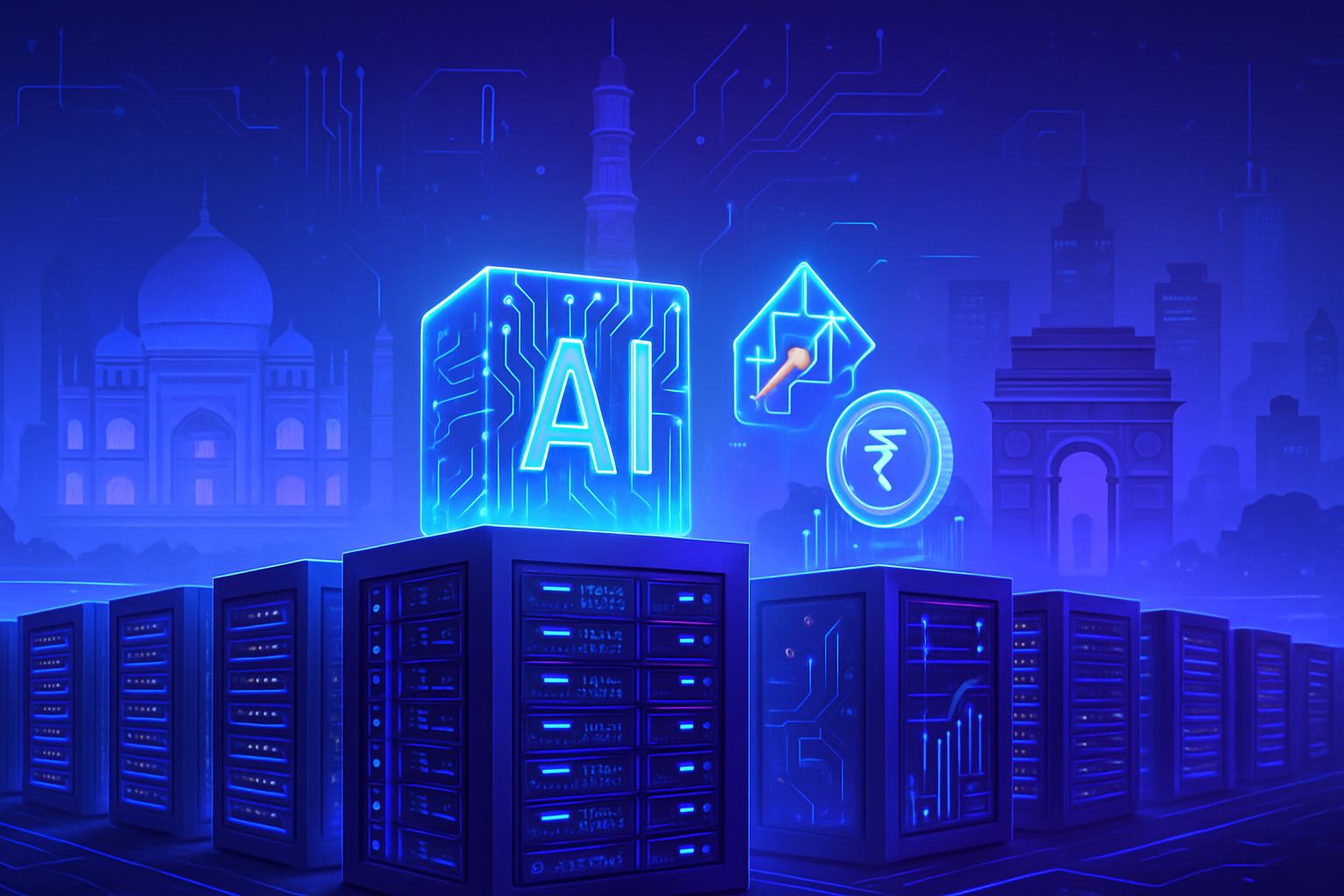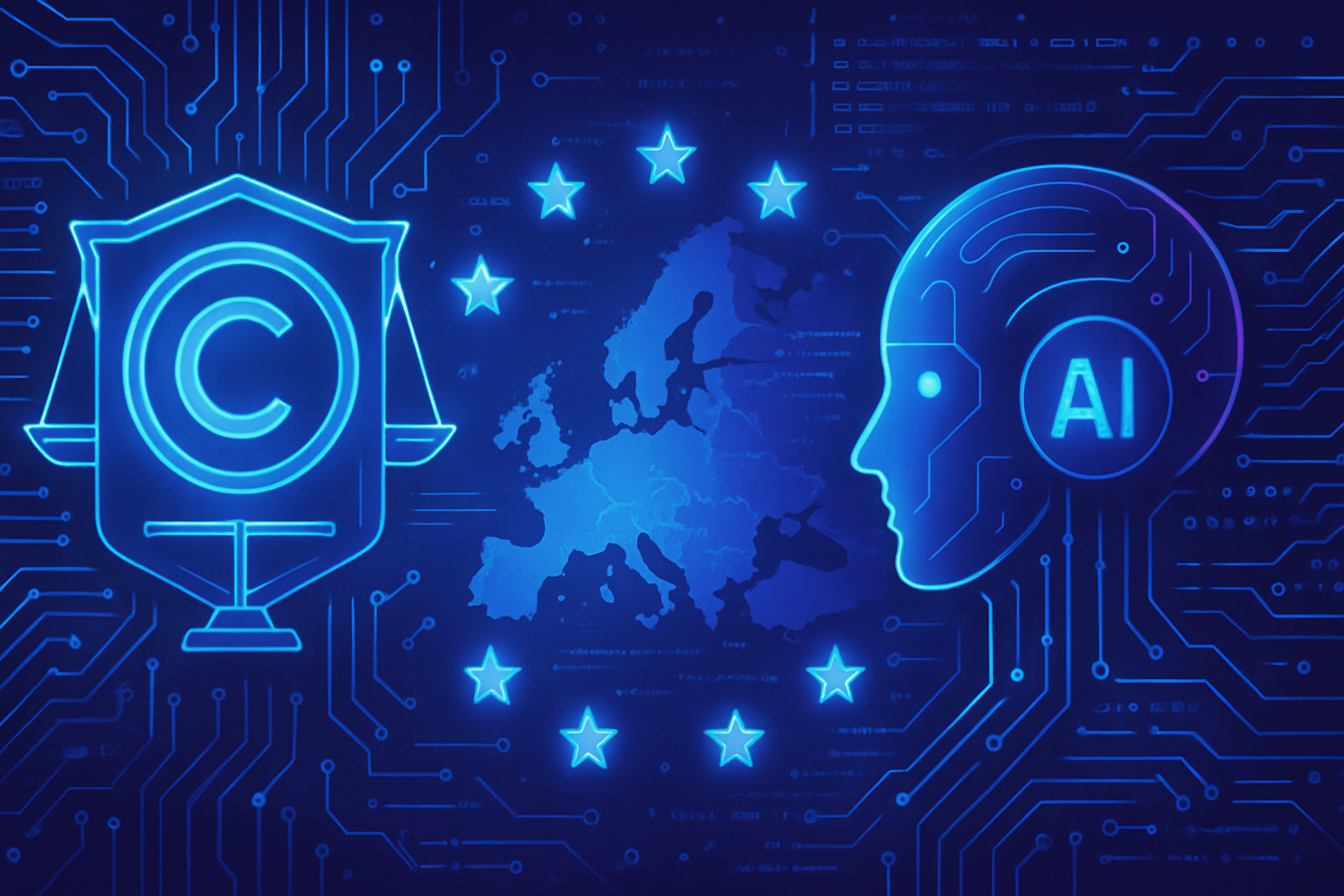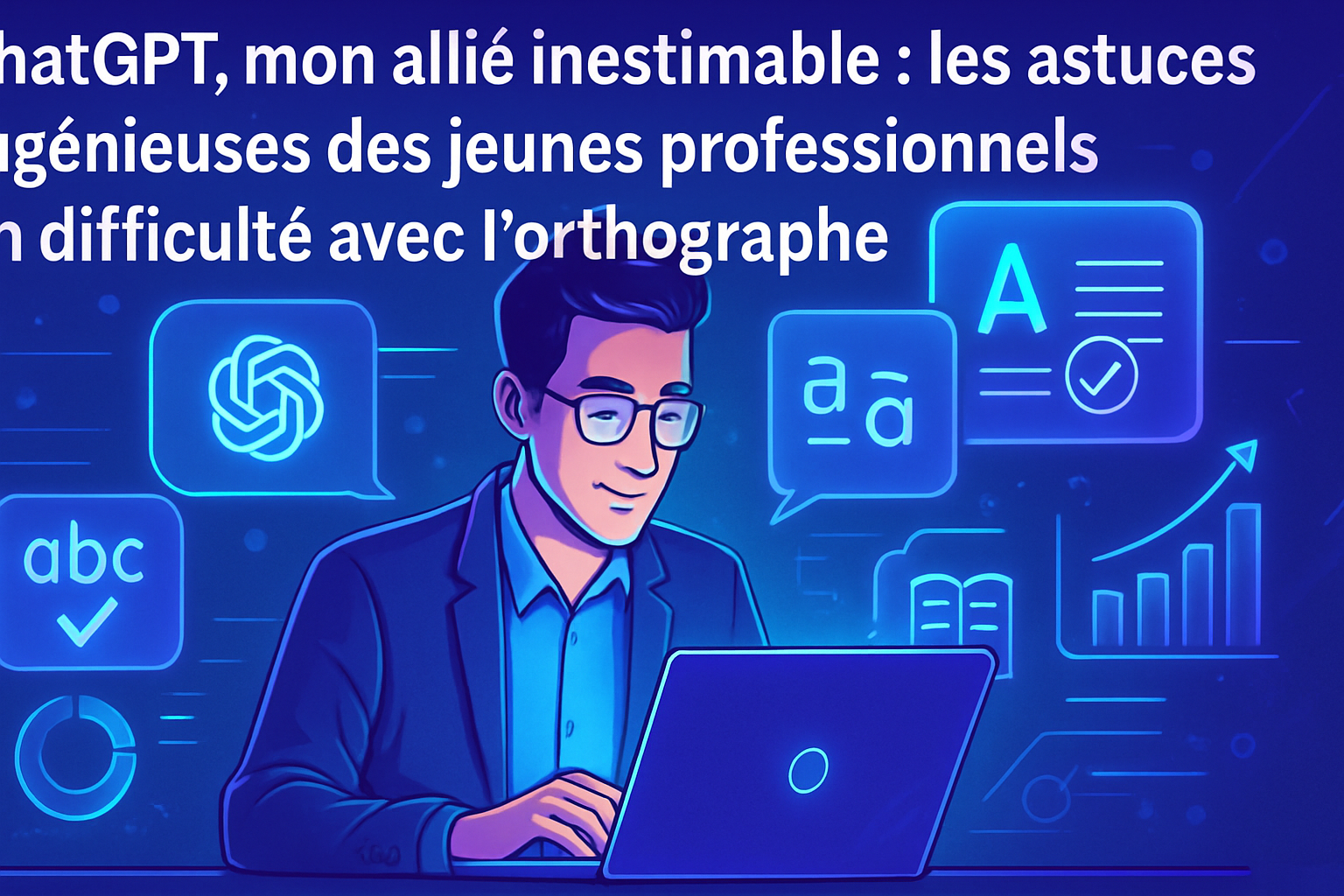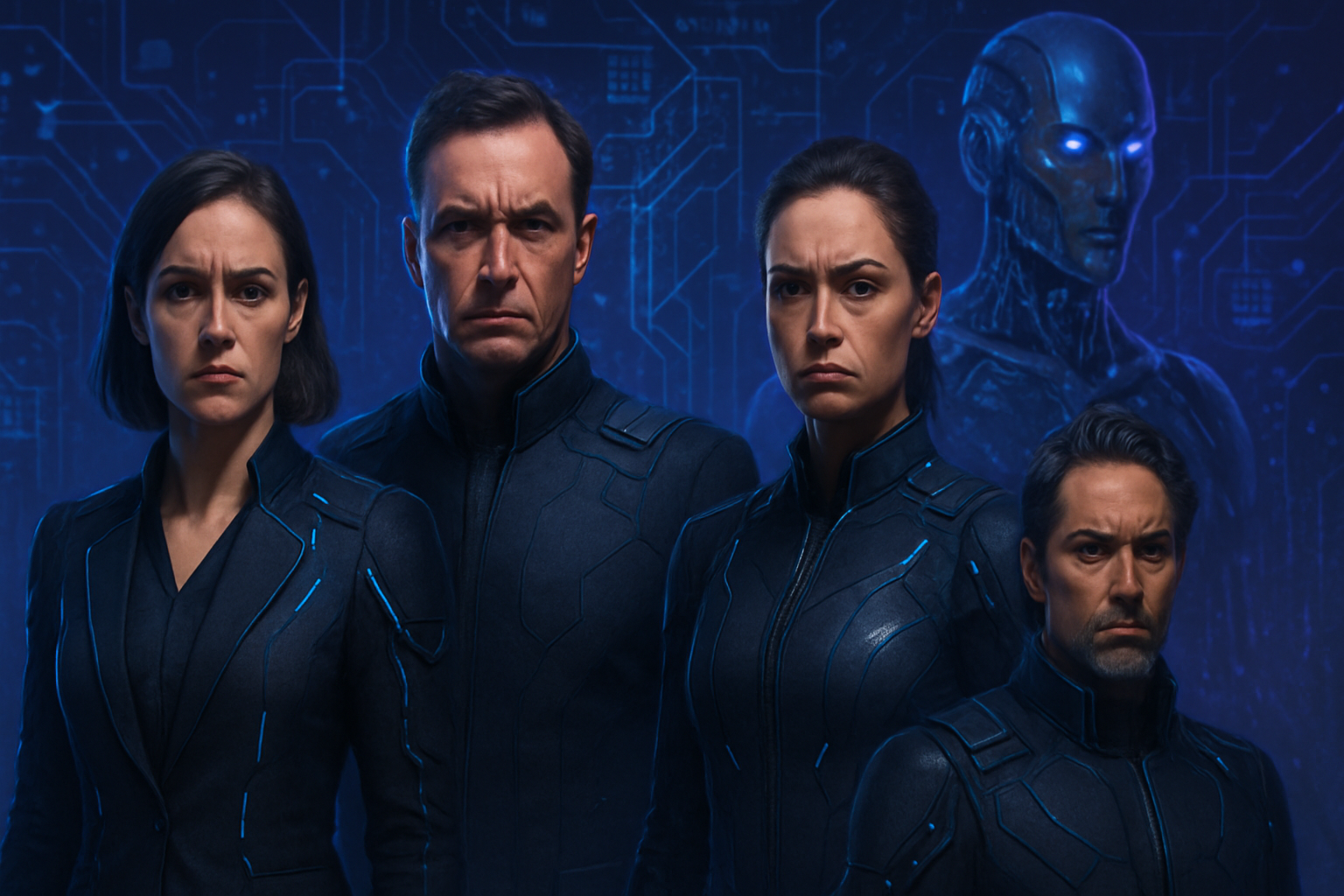The synergistic interaction between blockchain, IoT, and AI is redefining the contours of digital transformation. Each technology, with its unique expertise, brings innovative solutions to the contemporary challenges. The digital era demands a *convergence* of capabilities, allowing companies to *build systems* that are more efficient and resilient. Blockchain ensures unprecedented *transparency* and enhances *trust* within supply chains. On its part, IoT increases opportunities for *data collection*, generating enriched global insights for decision-making. Finally, AI drives innovation by providing deep analyses and orchestrating the various synergies. Together, they pave the way for *revolutionary* business structures, thus transforming the global economic landscape.
The impact of blockchain on digital trust
Blockchain has significantly evolved, transforming experimental concepts into applied tools across various sectors. Its concrete applications are evident in supply chain management and decentralized finance (DeFi). The transparency it offers strengthens trust among the various stakeholders, enabling organizations to streamline their operations and optimize their efficiency.
David Palmer, chief product officer of Pairpoint by Vodafone, emphasizes the rise of blockchain: proof of concepts preceded massive adoption. Today, the focus revolves around the synergy between blockchain, IoT, and AI, all integrated into the new digital infrastructure of companies.
Evolution of IoT in data generation
Devices of the Internet of Things (IoT) are now ubiquitous, integrated into equipment ranging from automobiles to home sensors. By 2030, approximately 30 billion IoT devices are anticipated globally. This plethora generates significant amounts of data that AI systems exploit to provide actionable insights.
The true innovation lies in the concept of “the economy of things,” where devices can autonomously perform transactions. However, this functionality requires secure and reliable connectivity, a domain where blockchain excels.
The fundamental role of AI in data strategy
Artificial intelligence thrives on data, but the quality and security of this data are paramount. Public datasets reach their limits, urging companies to resort to proprietary data from IoT devices. This bilateral relationship sees IoT devices providing data to AI, while AI, in turn, enriches these devices with real-time intelligence.
Palmer stresses the reliability of data within this ecosystem. An identification mechanism must guarantee the origin of the data while ensuring trust in the results provided by AI. Blockchain verifies the legitimacy of the data used, as well as the intelligence relayed to IoT devices.
Digital wallets and the acceleration of blockchain
Digital wallets are becoming central elements of the digital ecosystem. Their global number is projected to increase from 4 billion today to 5.6 billion by 2030. Unlike traditional wallets, these wallets, backed by blockchain, go far beyond cryptocurrencies.
A significant innovation lies in the integration of tokenized bank deposits, which establish a bridge between traditional banking systems and blockchain. This phenomenon encourages companies to integrate blockchain into their transactional needs.
Financial dynamics through IoT
The convergence between finance and IoT devices represents a challenge to overcome. The use of smart contracts and AI enables devices, whether cars or drones, to make payments autonomously. Applications include toll payments, charging electric vehicles, as well as retail purchases.
Palmer mentions considerable potential: by connecting electric vehicle chargers and cars to blockchain, payment preferences can be integrated, paving the way for peer-to-peer transactions.
Decentralized infrastructure networks
The development of decentralized physical infrastructure networks (DePIN) has emerged as a notable trend. These networks promote the sharing or tokenization of resources, encouraging infrastructures co-created by communities. Protocols like Render facilitating GPU are dedicated to activities such as gaming, while Filecoin decentralizes storage.
Palmer explains that these networks allow communities to build AI and connectivity infrastructures tailored to their specific needs.
Central bank digital currencies and blockchain
Governments are beginning to grasp the potential of blockchain. Central bank digital currencies (CBDC) are currently being explored to integrate blockchain into macroeconomic policies such as money supply management. Tokenized deposits contribute to the digitization of traditional monetary systems.
With the expansion of CBDCs and tokenized deposits, blockchain is positioned to play a major role in financial ecosystems globally.
Evolution of the metaverse and immersive technology
The concept of metaverse, once perceived as futuristic, is now advancing rapidly. Innovations such as AI-powered smart glasses transform user interaction with immersive digital content. Palmer emphasizes the impact of new technologies on access to information, setting a framework for AI agents.
AI-powered robots add a new dimension to the metaverse, creating bridges between virtual and physical experiences. These technologies open new perspectives in various sectors, including manufacturing and the medical field.
An interconnected and harmonious digital ecosystem
The convergence of blockchain, IoT, and AI represents a turning point in digital transformation. Blockchain establishes trust, IoT generates a multitude of data, and AI relies on this data to create intelligent solutions. The interaction of these technologies promises to redefine the structure of industries and economies by 2030.
Palmer concludes that connecting billions of devices to blockchain and AI via secure infrastructure will unleash the potential of a truly interconnected digital economy.
Learn more about AI and big data. Check out the AI & Big Data Expo taking place in Amsterdam, California, and London.
Tags : artificial intelligence, blockchain
Frequently Asked Questions
How does the combination of blockchain, IoT, and AI impact digital transformation for businesses?
This synergy creates an interconnected ecosystem where blockchain ensures trust, IoT generates real-time data, and AI analyzes this data to provide valuable insights, thereby optimizing business processes.
What are the concrete applications of integrating blockchain, IoT, and AI in the supply chain sector?
This integration allows for improved traceability of products, optimized inventory management, and automation of transactions through smart contracts, thus increasing the efficiency of the sector.
What role does blockchain play in enhancing data security generated by IoT?
Blockchain ensures the integrity and transparency of data collected by IoT devices through verified digital identities and robust cryptography, making any data tampering difficult.
Why is it essential to ensure data quality for AI within this ecosystem?
AI depends on reliable data to provide accurate analyses. Optimal data quality enhances the performance of intelligent systems, thus allowing decisions based on correct information.
How can businesses leverage smart contracts to automate processes?
Smart contracts, utilizing blockchain, automatically execute the terms of an agreement when a predefined condition is met, reducing the need for human intervention and speeding up business processes.
What challenges do businesses face when integrating these technologies?
The main challenges include compatibility of existing systems, management of sensitive data, and the need to train personnel on these new technologies, thus requiring thoughtful planning.
What trends should be monitored regarding the evolution of blockchain, IoT, and AI?
Trends include the emergence of digital currencies, the increasing adoption of IoT devices in the industrial sector, and the development of more sophisticated AI offering predictive analyses, all contributing to increased digital transformation.
What impact can regulation have on the implementation of these technologies?
Regulation can define security standards, data protection, and ethical use of these technologies, thus influencing the speed and manner in which they are integrated into the professional sector.






